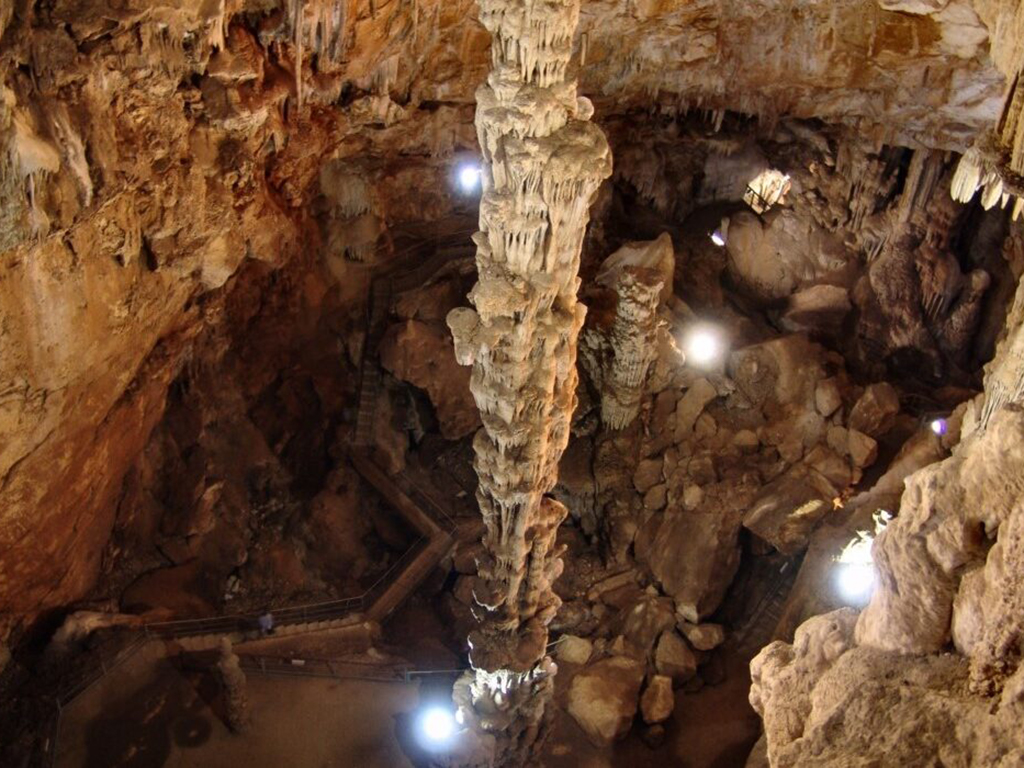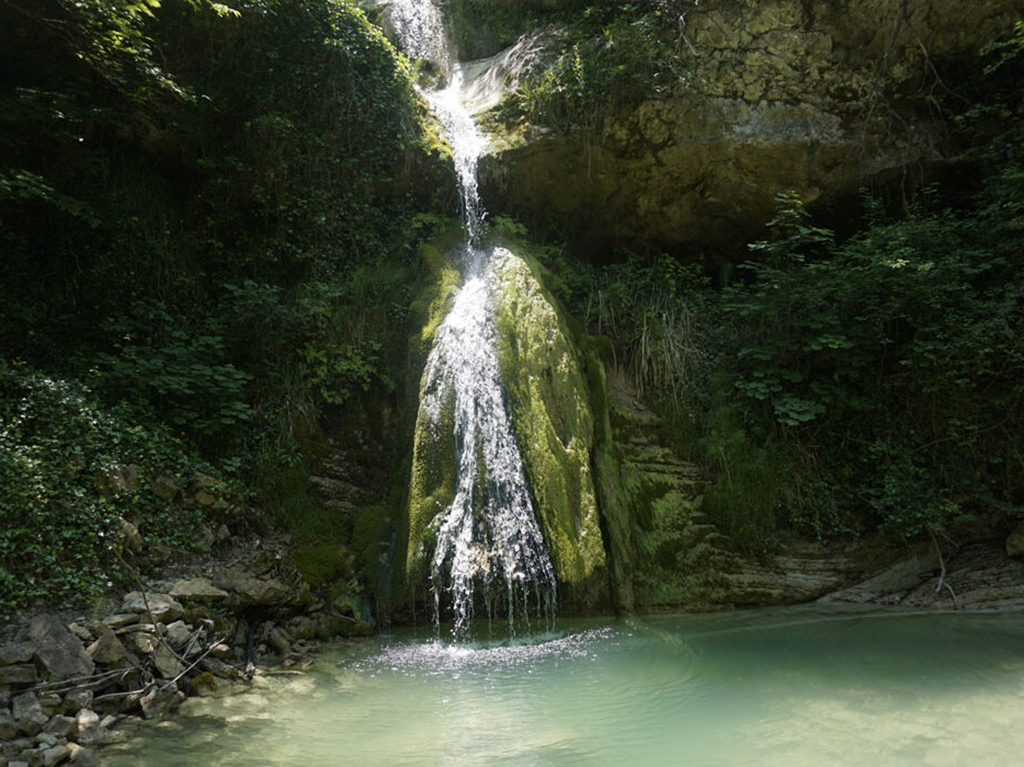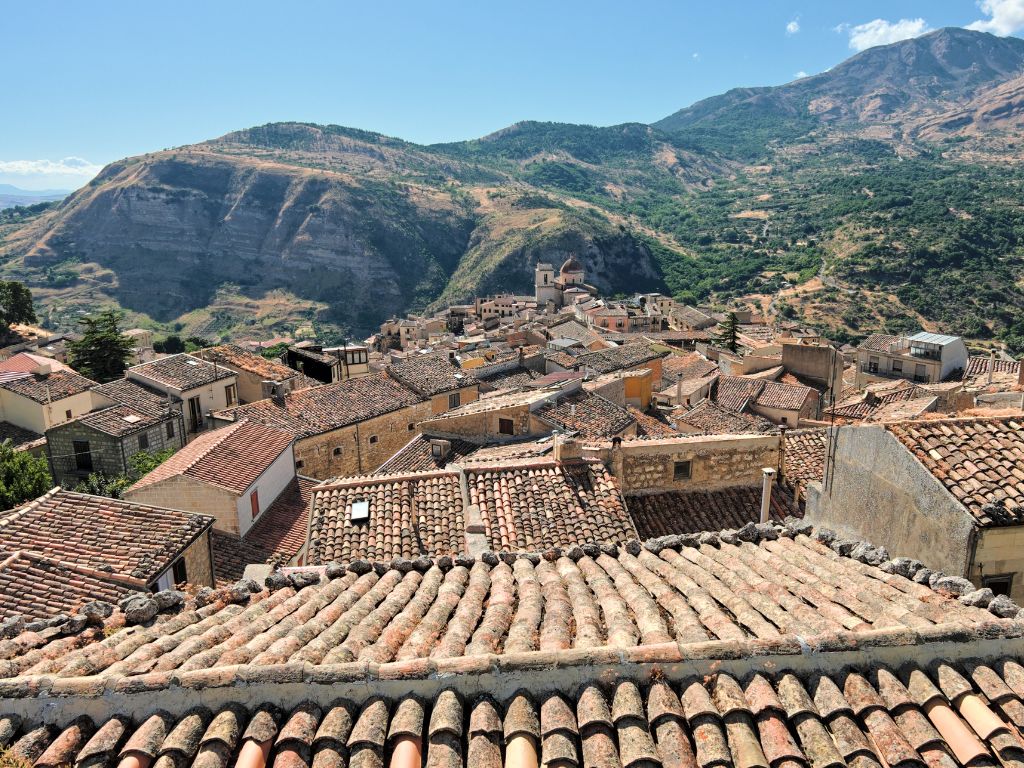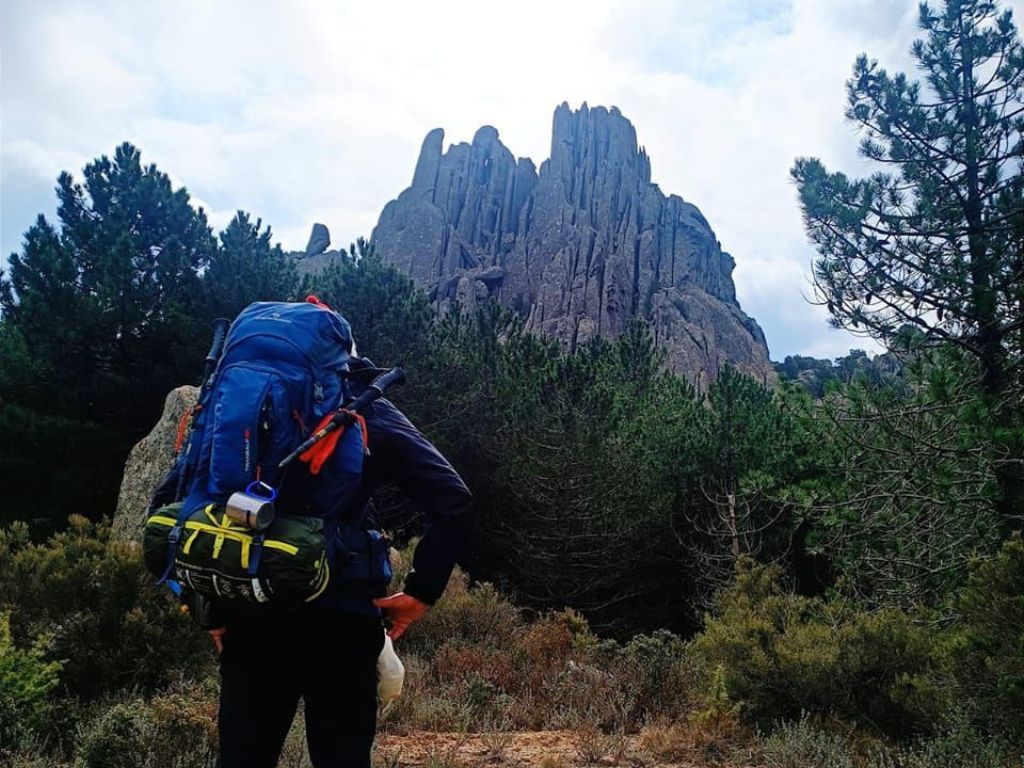In the heart of Abruzzo, a unique artistic gem is hidden: Gissi, the Chalk Village. This captivating village, located in the province of Chieti, is famous for its extraordinary works of art crafted entirely from chalk. In this article, we will explore the beauty and mastery of Gissi, immersing ourselves in the world of this exceptional artistic heritage.
Gissi, the City of Chalk: A Journey into Abruzzo's Artistic Excellence
The History of Gissi and Chalk
The history of Gissi dates back to Roman times when the territory was inhabited by the Frentani, an Italic population. However, it was during the medieval period that the village began to develop and gain its historical significance. Gissi was strategically located, controlling one of the main communication routes between the Adriatic Sea and the Abruzzo hinterland.
Gissi's connection with chalk has ancient roots. The surrounding hills were rich in gypsum deposits, a mineral composed of calcium sulfate. This easily extractable and workable material became an important resource for the village. Over the centuries, Gissi became a center for gypsum production and processing, harnessing this natural resource.
The art of gypsum craftsmanship in Gissi evolved and perfected over time. The village inhabitants acquired extraordinary skills in working with this material, transforming it into true works of art. Gissi became famous for its sculptures, reliefs, and architectural details crafted entirely from gypsum.
Gissi's gypsum artworks adorn the facades of houses, churches, and squares in the village. These artistic creations reflect the mastery of local artisans, their passion, and their attention to detail. Today, these works stand as authentic testaments to Gissi's tradition and culture.
Despite changes over the centuries, gypsum craftsmanship remains an important part of Gissi's identity. Local artisans continue to preserve and pass down traditional gypsum processing techniques, creating unique and highly valuable artistic pieces.
Thanks to its connection with gypsum and its artistic tradition, Gissi has become a destination for art enthusiasts, tourists, and scholars interested in discovering and appreciating this distinct artistic heritage.
The story of Gissi and its link to gypsum represents a significant part of the village's cultural heritage and a source of pride for the local community.
Gypsum Artworks
The streets of Gissi are like an open-air museum, with numerous gypsum artworks adorning the facades of houses, churches, and squares. Sculptures, reliefs, and architectural details are crafted with great mastery by local master artisans. Each artwork reflects the care, attention to detail, and passion of Gissi's artists.
Gissi and the Art of Gypsum Today
Even today, Gissi continues its tradition of gypsum craftsmanship. The art of gypsum is passed down from generation to generation, and many local artisans continue to create unique works using this ancient technique. Gypsum objects produced in Gissi include sculptures, frames, decorations, and souvenirs, which are appreciated by both visitors and art enthusiasts.
Gissi as a Tourist Destination
In addition to its artistic excellence, Gissi offers a charming and authentic atmosphere. The medieval village with its picturesque streets, welcoming squares, and historic churches creates a unique atmosphere that will make you feel like you're living in another era. Visitors can explore artisan workshops, admire gypsum artworks, and immerse themselves in local culture and traditions.
Travel Diary
Another stop on our Abruzzo tour was Gissi, a town with curious peculiarities: the entire village is made of gypsum stone (hence the name Gissi), it's still inhabited, and its surroundings host the largest gypsum caves in the world. Having such a place near home, with these records, and never having visited it could be considered a mortal sin! Upon arrival, the first thing I did was to get a haircut: the heat was unbearable.
So, while Francesco went to meet someone from the area who could share stories and tales with him, I had the typical chit-chat with the hairdresser Guido Chiavaro. After a while, he revealed a place I could visit. After introducing me to the owner, Arturo Di Martino, to my great surprise, I discovered that it was a small museum about to open, a private collection with all originals created in Gissi.
Vintage clothes, authentic late 1800s documents, gypsum rocks. But what left me speechless was a house faithfully reproduced in its rooms, complete with the original house number: a dwelling that Mr. Di Martino had seen in his childhood and brought back by digging into his memories as a child. The meticulous care in placing every object in its place was moving, and the artifacts were exceptional: I was particularly struck by the style of some black clothes, probably intended for mourning, and by the meticulously preserved collectibles.
I greeted and thanked Mr. Arturo and went in search of Francesco, who had already found another source of knowledge: Davide d’Ugo, a historical art scholar who told us many artistic peculiarities of the place: from the still functioning late 1800s natural stone olive mill to the fact that the town council chambers are entirely made of gypsum... it's a pity we couldn't visit them. Davide was kind enough to guide us to San Bernardino, a church with two statues (one of Christ and one of the namesake saint) that have not been restored and are typical of the era. You can find a short but interesting interview with Davide in the video below, in which he explains the artistic importance of the two icons: here I can only reveal that the statue of Christ still has Y-shaped arms due to a 13th-century iconographic error that envisioned the cross in a Y shape, and that one of the indoor statues (the Madonna of the Rosary) is entirely made of terracotta.
A bright sun bid us farewell from Gissi, a village made of gypsum but whose people, so genuine, so kind, so welcoming, are made of memories.
Conclusion
Gissi, the Chalk Village, is truly one-of-a-kind. Its rich tradition in gypsum craftsmanship and its magnificent artworks testify to the mastery of local artisans. Whether you're an art enthusiast or simply want to discover a charming and authentic place, Gissi is the perfect destination for you. Add this small Abruzzo village to your list of must-visit places and get ready to admire the art of gypsum in all its splendor.


























